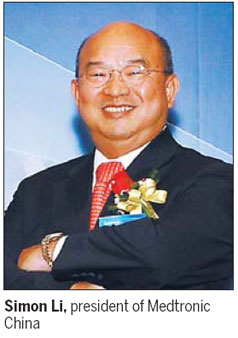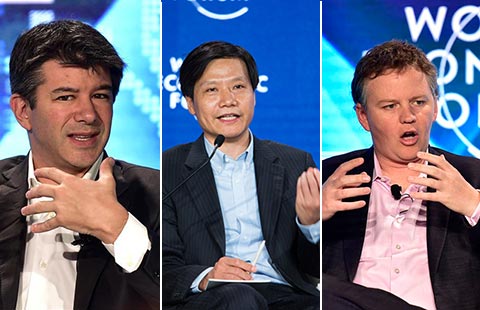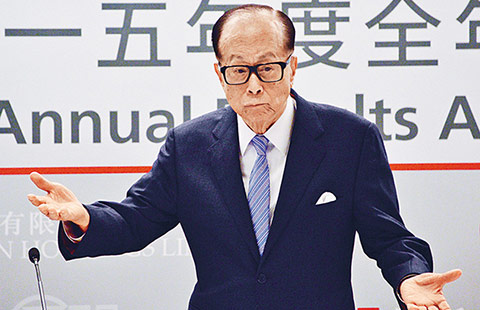Medtronic finds its own niche in China
By Liu Jie (China Daily) Updated: 2011-12-09 08:09When Medtronic Inc, the world's largest independent medical device company by sales, entered China in the 1990s, there were just a couple of foreign medical device companies here. But since then the relatively young medical devices industry has developed rapidly in China, with more foreign medical equipment companies getting market access and domestic companies flourishing, said Simon Li, president of Medtronic China.
Medtronic primarily develops and manufactures devices and therapies to treat more than 30 chronic diseases including heart disease, Parkinson's disease, urinary incontinence, chronic pain and diabetes.
"At that time (1990s), China's patients had limited understanding of medical technology, and relied on advanced technologies and products which were mostly imported," he said. "But since then, the medical device market in China has become more and more standardized."

Medical device sales in China reached 61.4 billion yuan ($9.69 billion) in 2010, up 35.84 percent compared with 2009, according to a report from Nanjing Securities.
"Given people's higher awareness about health, and patients' larger demand for medical devices coupled with more government investment, both multinationals and local companies have used the opportunity to grow market share and constantly upgrade competitive advantage," Li said.
Much of the growth of the industry can be attributed to China's entry into the World Trade Organization. It helped foreign medical enterprises access the emerging market and compete with Chinese players in a fair and transparent manner.
But competition is heating up in China, and companies such as Medtronic are coming up with localization strategies, involving setting up joint ventures, building local research and development capability as well as promoting Chinese-tailored products, to stay ahead of competition.
Medtronic and Shandong Weigao Group Co Ltd, a medical equipment company with assets valued at 1.8 billion yuan, established a joint venture in 2008. The US company holds a 51 percent stake in the venture which is engaged in developing and marketing Medtronic's vertebral and joint products in China.
The devices major also opened its Asia-Pacific regional headquarters in Shanghai along with an R&D center on March 9, to focus on local product development and manufacturing, as well as service network construction. It has also been collaborating with a series of Chinese governmental departments, medical institutions and universities to carry out patient education, technological studies and academic training programs.
Li has been at the helm in China for five years now and the company has maintained an average compound growth rate of 26 percent. So far, China is the fastest-growing and fourth-largest market for the medical-device provider. Emerging markets account for over 60 percent of Medtronic's international growth, with China representing 40 percent of the emerging markets in terms of revenue in 2010.
"An ongoing challenge for us is how to increase the number of patients that can benefit from our therapies," said Li. "Currently, we help about 600,000 patients in China with our chronic diseases therapies every year."
Li, a Hong Kong native, moved to the mainland in 1978 and has since then been in the medical industry. "I love this job, because through my work, more patients can adopt and benefit from medical therapies and improve their lives.".
As the top executive of Medtronic China, he says that he attaches great importance to talent development and corporate culture building.
"I'm focused on achieving the company's goal to be the best in the medical device industry. At the same time, I will also strive to fully tap the potential of our employees to build an ideal culture according our goals. Of course, I must deliver the advanced ideas and concepts through a lot of internal training layer by layer, and finally let the employees internalize the ideas into their cultural values. Never give up, learn as you live, and keep up the self-motivation are my work themes," he said.
Medtronic plans to double its double its workforce to more than 2,000 employees in China in the next four years across all positions, said Li.
China Daily
(China Daily 12/09/2011 page45)
- IT companies forge new alliance in Guangzhou
- The 4th Industrial Revolution - Global Internet of Things Innovation Union Advocacy
- Cutting industrial capacity an urgent task: NDRC
- Central bank injects liquidity into market
- China needs foreign businesses in economic transition: premier
- China stresses app obligations in information security
- China shopper report reveals record-low growth
- Airbnb shares optimism on China


















